What is the difference between BEVs, PHEVs and HEVs?
Drive Electric
OCTOBER 26, 2022
In this guide, we help you familiarise yourself with the terms BEV, HEV, PHEV, and ICEV and understand the pros and cons of each vehicle type. . WHAT IS A BEV (BATTERY ELECTRIC VEHICLE)? Fully electric vehicles run on rechargeable batteries, which power an electric motor. WHAT IS A PHEV (PLUG-IN HYBRID ELECTRIC VEHICLE)?

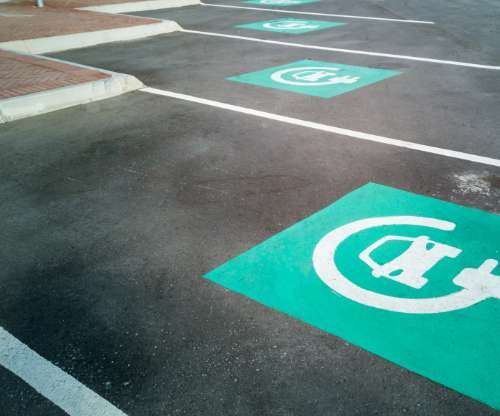


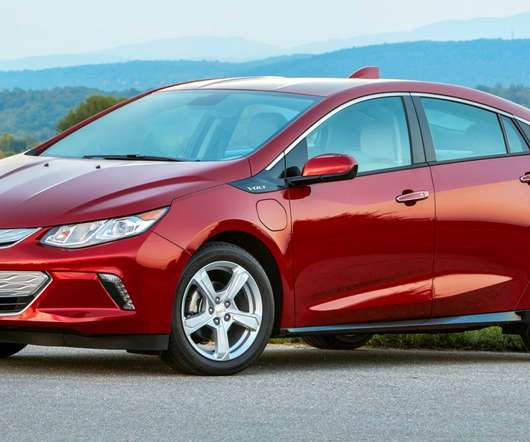












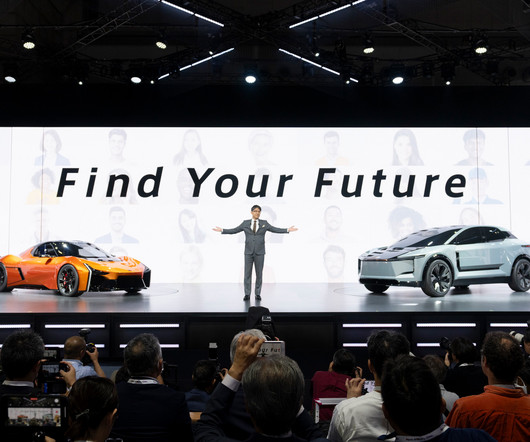




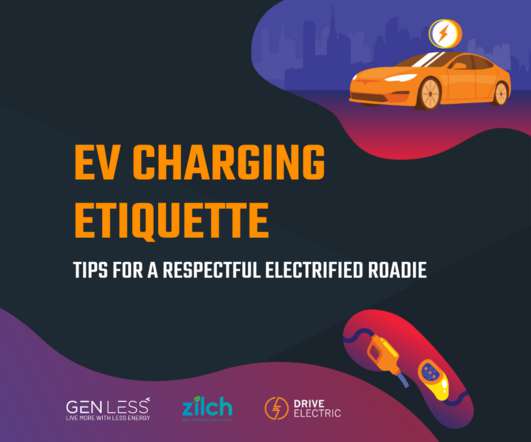
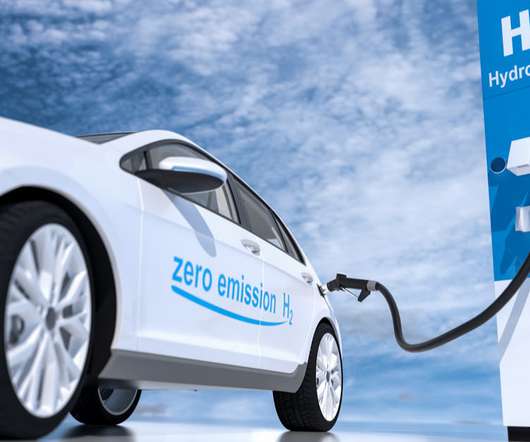
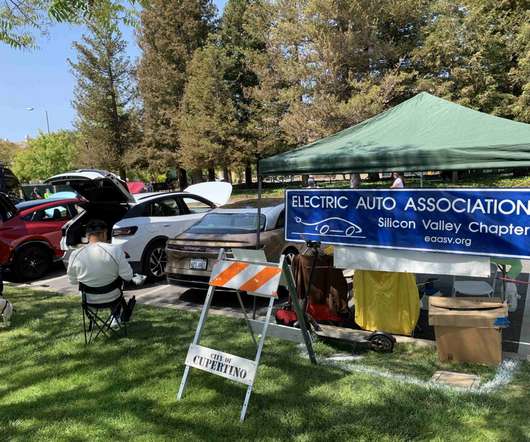
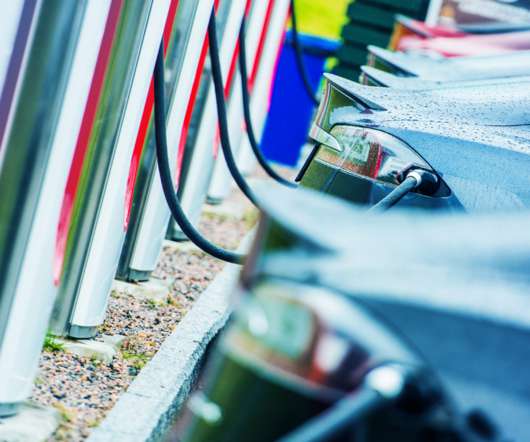









Let's personalize your content